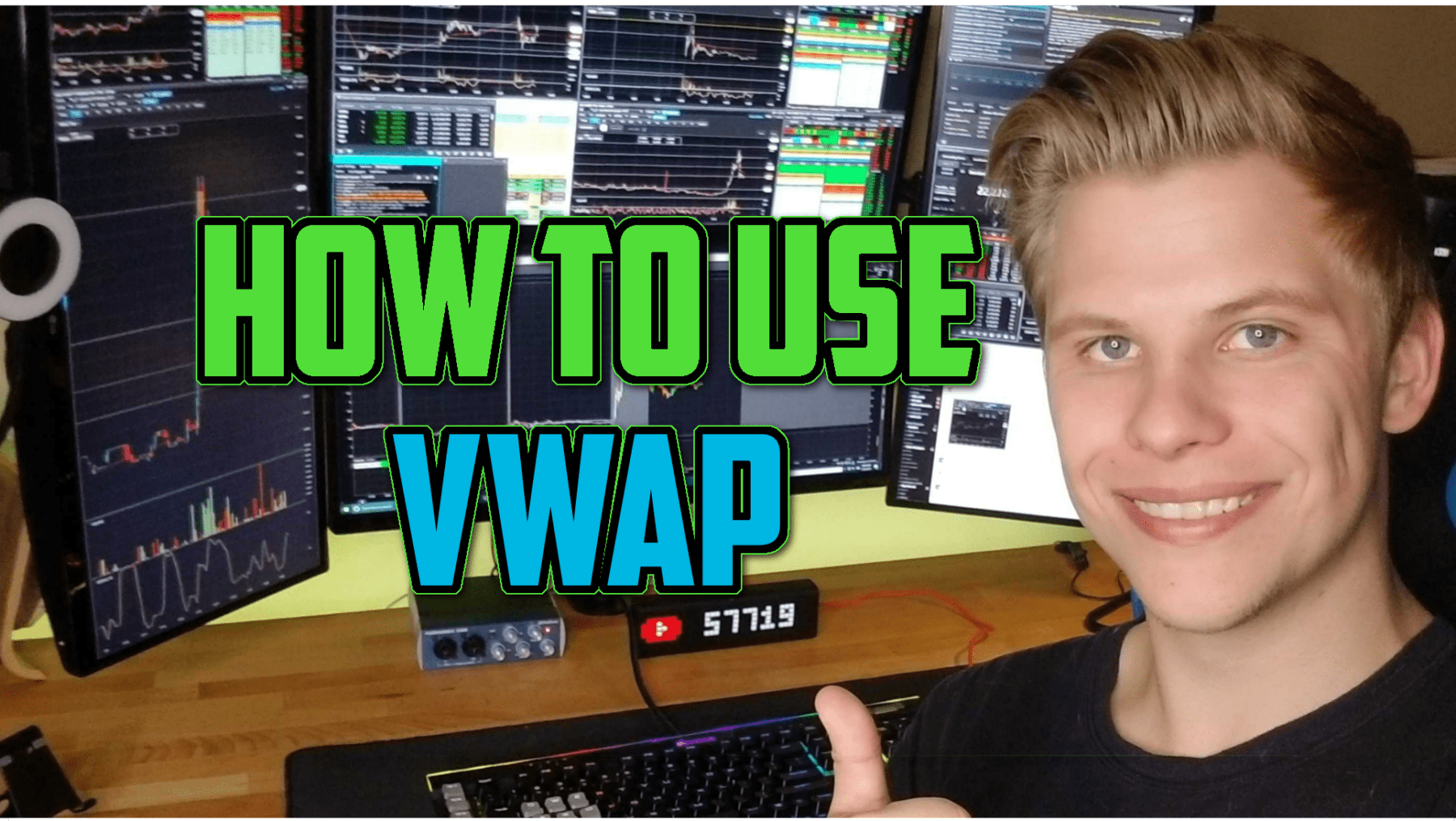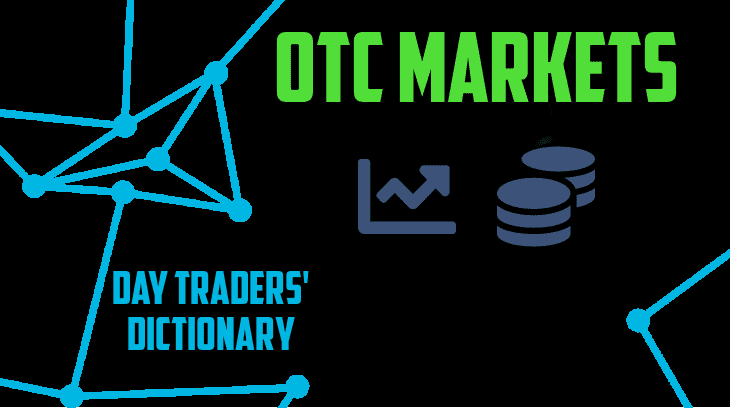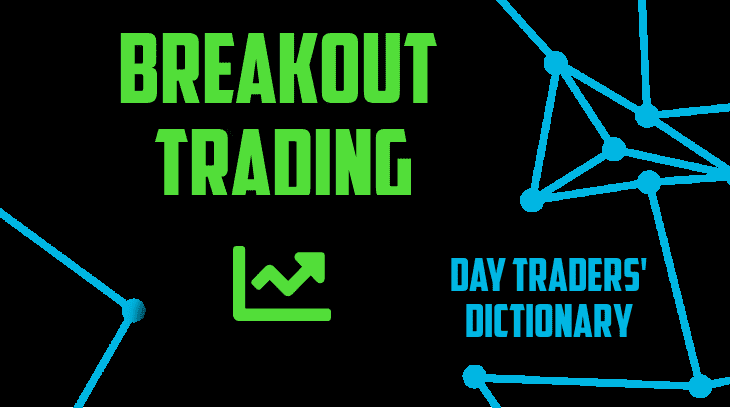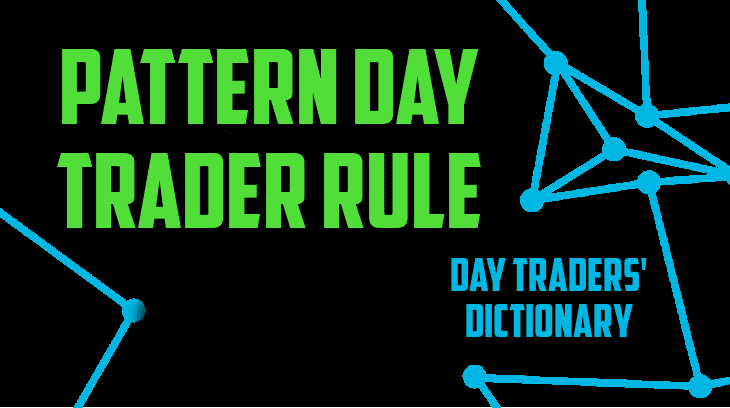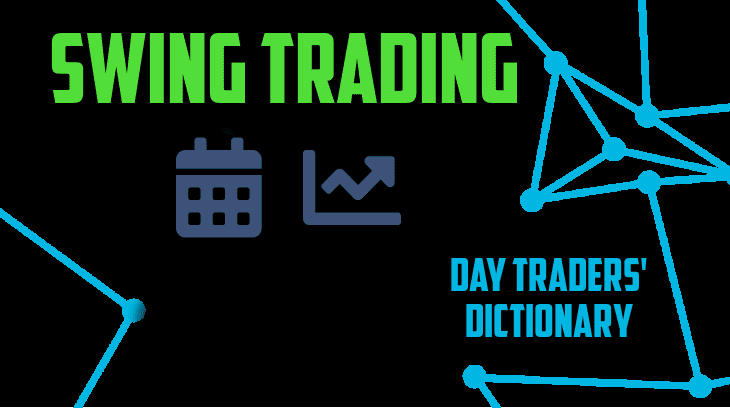Trading is inherently dangerous. Everyone knows that. We know that 90% of people who start to trade stocks eventually fail within the first year and most of their losses can be simply attributed to the fact that they didn’t follow any rules. They acted like gunsligners; randomly picking stocks with no systematic approach and hoping for...
Category: Terminology
What Is VWAP & How To Use When Trading
Volume Weighted Average Price (VWAP): A benchmark indicator that gives the average price a security has traded at throughout the day, based on both volume and price. VWAP is a very powerful indicator, and is in fact one of the only indicators that I use on my charts when I trade. If used correctly, it can...
OTC Markets Group Inc. – Day Traders’ Dictionary
The OTC Markets Group is the owner and operator of the most substantial U.S. inter-dealer electronic quotation and trading system for over-the-counter (OTC) securities. It provides marketplaces for trading 10,000 OTC securities, making it the third-largest U.S. equity trading forum. The OTC Markets Group breaks their financial markets down into three tiers, distinguishing companies based...
Breakout Trading – Day Traders’ Dictionary
Breakout: A stock price moving above a defined level of resistance with increased volume. A breakout traders’ strategy is to initiate a long position after the stock price breaks above the resistance level. The key to trading breakouts is to focus on big, obvious chart breakouts (multi-day, multi-month, and multi-year work best, as well as...
Pattern Day Trader – Day Trading Dictionary
PDT Rule: Is a rule enforced by the Securities and Exchange Commission (SEC) that is given to traders who make four or more day trades in their margin account over a five-day period. A day trade is when you buy and sell a security within the same trading day. PDT Rule Mechanics Once your...
Swing Trading – Day Traders’ Dictionary
Swing Trading: A trading strategy where the trader attempts to profit from short term movements in a stock that may last anywhere from one day to a couple weeks in duration. Traders who swing trade are generally looking at the ‘bigger picture’ of the stock and tend to use critical levels of support and resistance,...
Bearish – Day Trading Dictionary
Bearish: a market mentality in which the investor believes prices will fall Investors who adopt a bear approach sell (or short) securities under the assumption that they can buy them later at a lower price. Bears are pessimistic investors who are attempting to profit from the downward movement of stocks. NOTE: When a bearish investor...
Bullish – Day Trading Dictionary
Bullish: A market mentality in which the investor believes prices will rise Investors who adopt a bull approach purchase securities under the assumption that they can sell them later at a higher price. Bulls are optimistic investors who are attempting to profit from the upward movement of stocks. NOTE: When a bullish investor enters a trade, they are considered...
Bagholder – Day Traders’ Dictionary
Bag Holder: Someone who holds onto a position when it goes against them for an extended period of time, causing extremely large and unnecessary losses. This happens when a trader enters a position and it goes quickly against them and they freeze because they didn’t plan for the potential loss before they got into the...
Day Trade – Day Trader’s Dictionary
Day Trade: To buy and sell a stock within the same day in order to capitalize on a stocks price movement. So, for example, If I were to buy shares of Apple, Inc. ($AAPL) on Monday, I would have to sell it on the same day for it to be considered a day trade. This...


